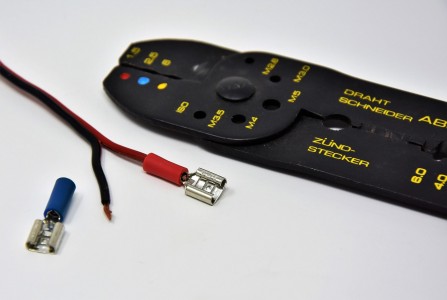In an increasingly noisy world, the quest for peace and quiet has led many individuals to seek effective solutions for managing sound. Among these solutions, noise-cancelling earplugs have gained significant popularity, offering users a way to escape the clamor of daily life. These innovative devices promise to reduce ambient noise, allowing users to focus, relax, or simply enjoy a moment of tranquility. As urban environments grow louder and more chaotic, understanding the mechanisms and benefits of noise-cancelling earplugs becomes essential for anyone looking to enhance their auditory experience.
Noise-cancelling earplugs work primarily through two mechanisms: passive noise isolation and active noise cancellation. Passive noise isolation relies on the physical design of the earplugs to block external sounds. This is typically achieved through materials that create a seal in the ear canal. Active noise cancellation, on the other hand, involves sophisticated technology that detects sound waves and generates opposing waves to cancel them out. This dual approach ensures that users experience a significant reduction in unwanted noise.
The benefits of using noise-cancelling earplugs extend beyond mere sound reduction. Many users report improved focus and productivity, particularly in noisy environments such as open offices or during travel. By minimizing distractions, individuals can engage more fully in their tasks, leading to better performance and satisfaction. Moreover, for those who struggle with sleep due to external disturbances, these earplugs can create a more conducive sleeping environment, promoting better rest and overall health.
Comfort is a critical factor when it comes to earplugs. Many users shy away from traditional earplugs due to discomfort or poor fit. Fortunately, modern noise-cancelling earplugs come in various designs and materials, catering to different preferences and ear shapes. Some are made from soft silicone, while others may use memory foam for a snug fit. The goal is to provide an effective barrier against noise without compromising comfort, allowing users to wear them for extended periods.
Another important consideration is the noise reduction rating (NRR) of earplugs. This rating indicates how much sound the earplugs can effectively block. When selecting noise-cancelling earplugs, it’s essential to consider the NRR to ensure they meet your specific needs. Higher NRR values indicate better noise reduction capabilities, making them suitable for louder environments. However, it’s also crucial to balance NRR with comfort and usability, especially for long-term wear.
The versatility of noise-cancelling earplugs is another aspect that makes them appealing. They are not only useful for work or sleep but also for travel, concerts, and other noisy activities. Travelers often find them invaluable during flights, where engine noise can be particularly disruptive. Similarly, concert-goers can enjoy live music without damaging their hearing, thanks to the protective features of these earplugs. This adaptability makes them a worthwhile investment for anyone who frequently encounters loud environments.
In addition to personal use, noise-cancelling earplugs can benefit those in various professions. For instance, construction workers, musicians, and healthcare professionals often work in environments where noise levels can be harmful. By incorporating these earplugs into their daily routines, they can protect their hearing while maintaining productivity. Employers can also consider providing noise-cancelling earplugs as part of workplace safety initiatives, fostering a healthier work environment.
As technology continues to evolve, so too do noise-cancelling earplugs. Innovations such as Bluetooth connectivity and customizable sound profiles are becoming more common. These features allow users to tailor their listening experience, whether they want complete silence or a specific sound environment. Such advancements suggest a promising future for noise-cancelling technology, catering to an even broader range of user preferences and needs.
Despite their many advantages, it’s essential to approach the use of noise-cancelling earplugs with an understanding of their limitations. For instance, while they can significantly reduce noise, they may not eliminate it entirely. Users should also be aware of their surroundings, particularly in situations where awareness of ambient sounds is crucial for safety. Education on proper usage and expectations can enhance the overall effectiveness of these earplugs.
In summary, noise-cancelling earplugs represent a valuable tool for managing sound in our noisy world. Their benefits extend across various aspects of life, from enhancing productivity to improving sleep quality. As technology advances, the potential for these devices will only grow, opening new avenues for research and development. Future studies could explore the long-term effects of noise exposure and the role of noise-cancelling earplugs in hearing preservation. By understanding and utilizing these innovative devices, individuals can reclaim their peace and quiet in an ever-louder environment.

